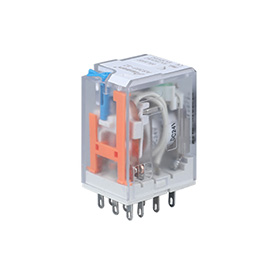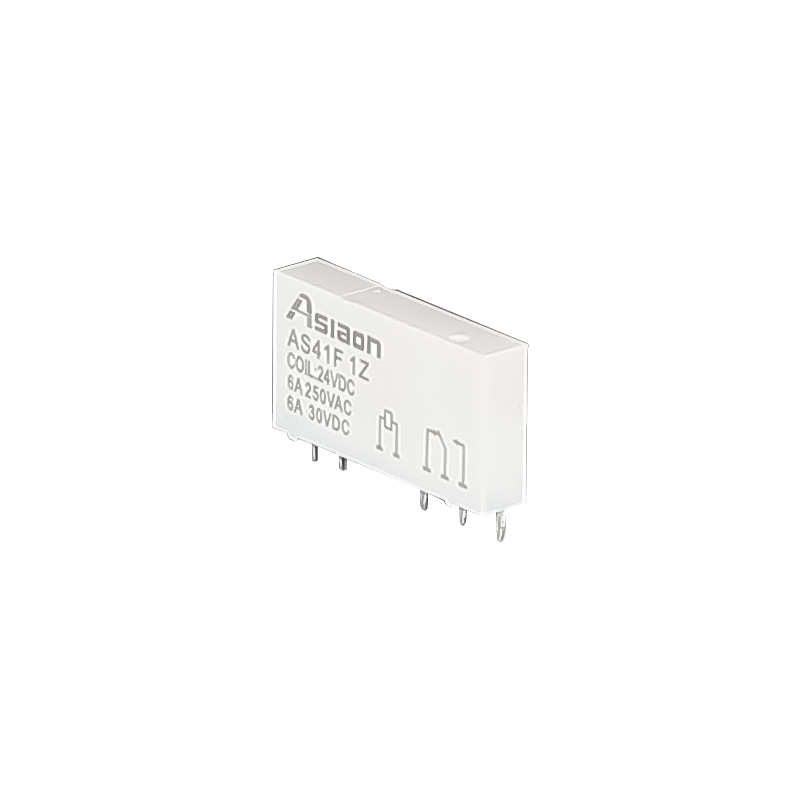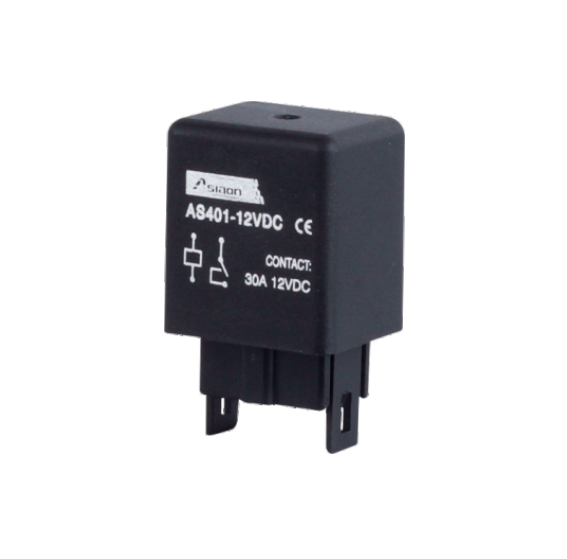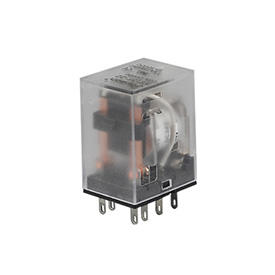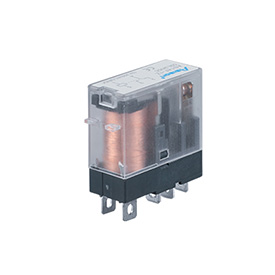Working principles and functions of general purpose relays
What is a general-purpose relay? A general-purpose relay is an abstract concept in physics, and many people may not know what a general-purpose relay is. It is in fact an "automatic switch" that controls the operation of a large current with a small current. It is therefore used in circuits for automatic regulation, safety protection and circuit switching.
Functions of general purpose relays.
A relay is an electrical control device that causes a predetermined step change in the electrical output circuit when an input quantity becomes a specific requirement. It has an interaction between the control system (also called the input circuit) and the controlled system (also called the output circuit). Usually used in automatic control circuits, it is in fact an "automatic switch" that controls the operation of a large current with a small current. Therefore, it plays a function in the circuit of automatic regulation, safety protection and circuit conversion.
1. Expanding the control range: If the control signal of a multi-contact relay reaches a certain value, it can switch, break and open several circuits at the same time, depending on the form of the contact group.
2, Amplification: e.g. sensitive relays, intermediate relays, etc., can control a circuit with a very small control volume and very high power.
3, Integrated signals: e.g. when multiple control signals are fed into a multi-winding relay in a defined form, the comparison is integrated to achieve the intended control effect.
4. Automatic remote control and monitoring: e.g. relays on automation equipment and other electrical appliances can be formed into programmed control circuits for automatic operation.
Principle of operation of general purpose power relays.
A power relay is a device that allows one or more electrical output circuits to be switched when the input (or excitation) meets certain specific conditions. It can be used as a directional element for zero sequence current protection in a neutral point direct earth system. The action process of the contact can be divided into two parts: contact closure and contact disconnection, which is the process of pulling in and releasing the relay, cyclically switching at a certain frequency, leading to the contact separation and closure phenomenon. There are many special physical and chemical phenomena during the closing and breaking of the contacts, such as contact resistance, contact jitter and arc discharge.
The principle of contact action when closed: 1. When the moving and static contacts of the relay are in contact with each other, contact rebound occurs, i.e. uncontrolled gap opening and closing, when the arc and the Joule heat generated by the energising current greatly affect the opening and closing capacity of the relay; 2. When the contacts are opened and the load is cut off, dazzling sparks and arcs are generated, causing great damage to the contacts until the arc voltage drops to a minimum arc voltage below.
When using relays, it is important to stress that if a relay is accidentally dropped or subjected to shock during installation, its electrical and mechanical parameters may change considerably. Serious potential hazards exist and try to detect them in time before use.
 中文
中文 Русский
Русский Español
Español